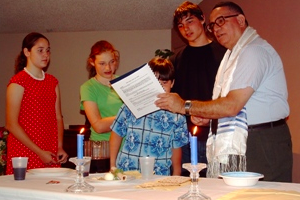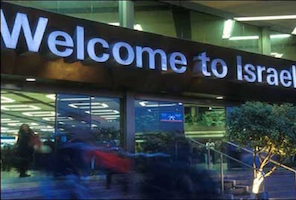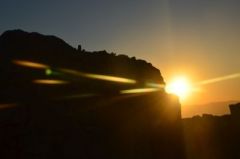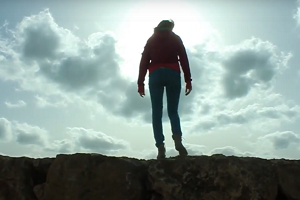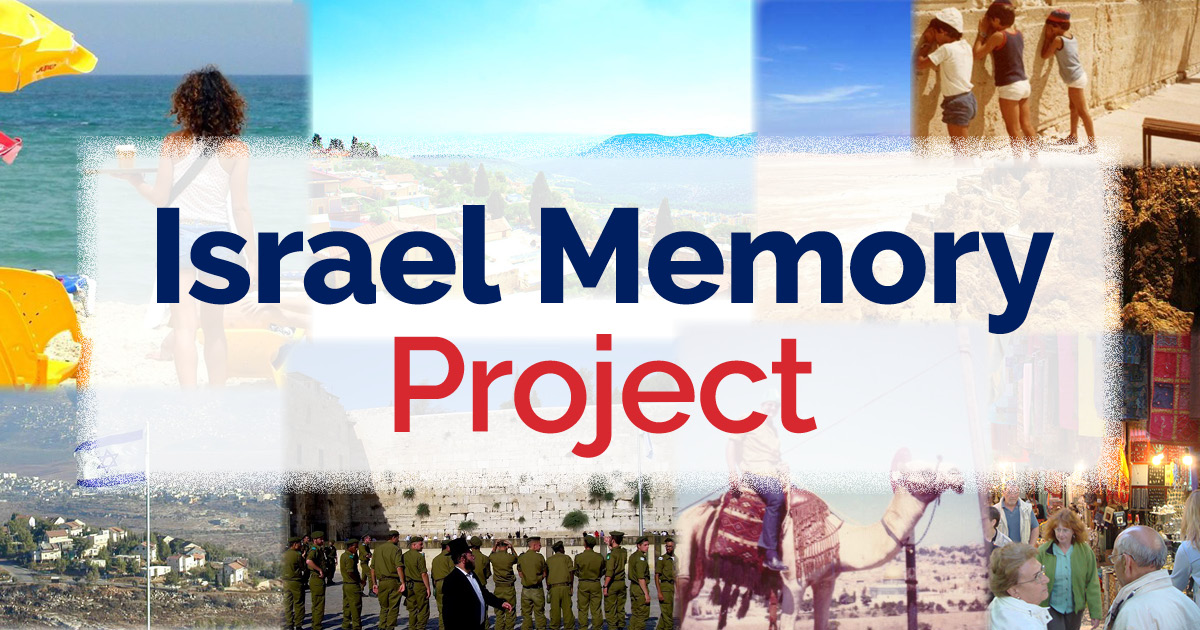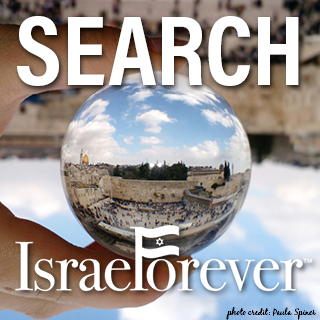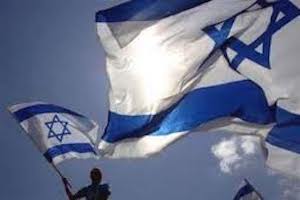YOU Are The Land of Israel
By Alison Buckholtz
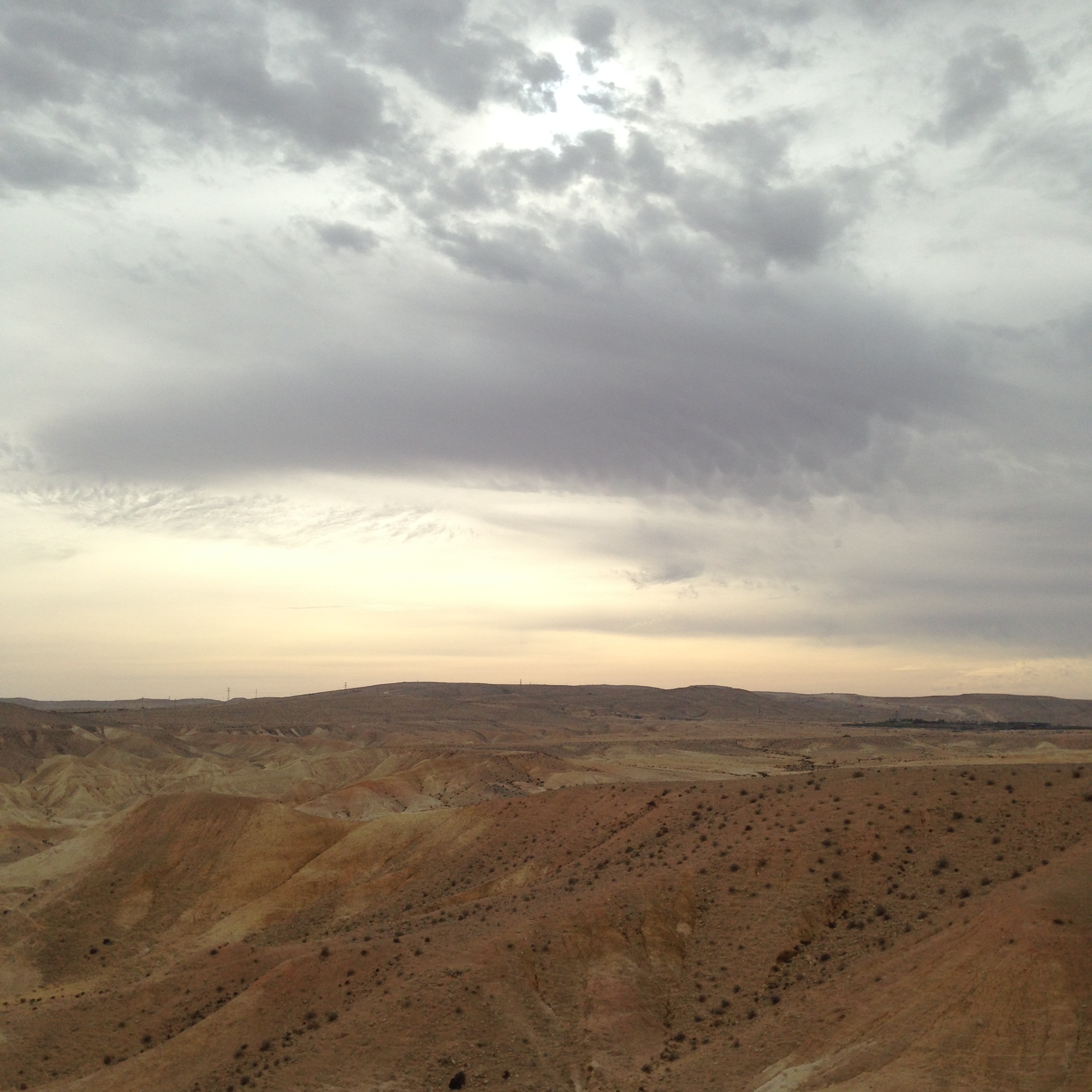
We were driving down a dusty road in the Judean Desert when Jared, our tour guide, pulled over and asked us to get out of the car with him and walk a few hundred feet into the scrubby desert beyond. Then he stopped us.
“Put your right arm by your side, but stick your elbow out a bit,” Jared instructed Ethan, age 10, and Estee, age 8. They did – eyes trusting, but wary.
“Now put your other hand on your head and stick up the index finger,” he told them. They did – exchanging wary glances with each other that said more than any words could.
“Last, put the heel of your right foot up against the ankle of your left foot,” he said. They did – but their patience had almost worn out.
“Now I’ll tell you what you are,” Jared smiled. “The Land of Israel!”
He pulled out the map and compared their contours to the geography of each region: the finger sticking up from their left hand, on top of their heads, was the Hula Valley, and their left elbow demarcated the Golan Heights. Jerusalem, their belly button, was of course at the center of the country. Jared traced the lines on their bodies to show the path we’d taken and were about to embark on. The kids looked around to the desert that extended in every direction, and then down at their own bodies, still contorted. Then they smiled.
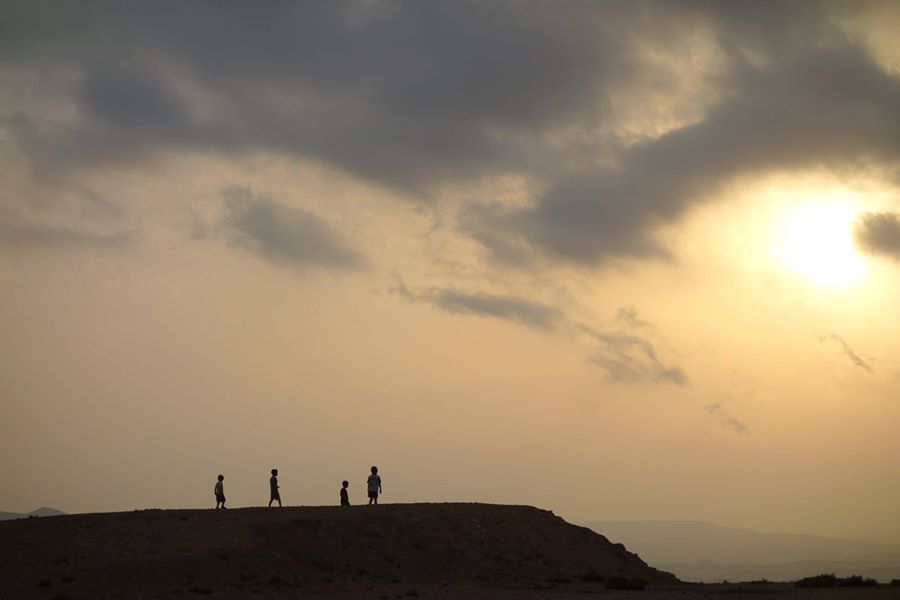
Standing there – my husband and me, and Jared, who was actually an old friend I made during a Dorot Foundation fellowship year I spent in Jerusalem in the 1990s – I watched a fresh understanding of Israel settle on Ethan and Estee’s faces. The history and the geography were no longer abstract. They were part of the story.
I realized in that moment, that we’d come to the right place at the right time.
Back home in Maryland, two afternoons of Hebrew school per week worked well for our daughter Estee, who loved learning the aleph bet and singing prayers with her friends in the class. But Hebrew School never clicked for Ethan. Though our synagogue’s Talmud Torah was solid, throughout third grade, fourth grade, and now fifth grade, he pleaded with me to quit, certain that he would never need an obscure language written in hieroglyphics or anything else that went along with it. His arguments about the non-existence of God and the pointlessness of religion rivaled any philosopher’s.

But finally, in the beginning of his fifth grade Israel Studies class, Ethan walked into the classroom of a young male shaliach. Smart, charming, funny, and kind, this teacher knew how to talk to a boy like Ethan. The shaliach played “cool” Israeli music like the Idan Raichel Project for his students, guiding them through the translation – not just the translation of the Hebrew words, but of Israeli society today, more diverse culturally and racially than it’s ever been.
Through music and other creative presentations, Ethan learned about the Ethiopian aliyah, the Lebanon War, Yom Ha’atzmaut, and the nuances of Israeli culture that I had just begun to notice at the end of my 12-month fellowship in Jerusalem, so many years ago.
A magical thing happened: Ethan not only stopped complaining about Hebrew School, but he started asking me questions about Israel. For Ethan, Israel Studies brought Judaism into the present in a way learning the liturgy never did, and his enthusiasm opened him up to connections he’d never made before.
My husband and I had already been considering a trip to Jerusalem to coincide with the birth of my brother and sister-in-law’s first child, and Ethan’s new interest convinced us that this was the moment to make the journey.
As our plane touched down in Tel Aviv, in a lashing mid-December rainstorm, the thunder boomed as we drove into Jerusalem. It was still pouring as we dragged our suitcases into our rental apartment and fell into bed.
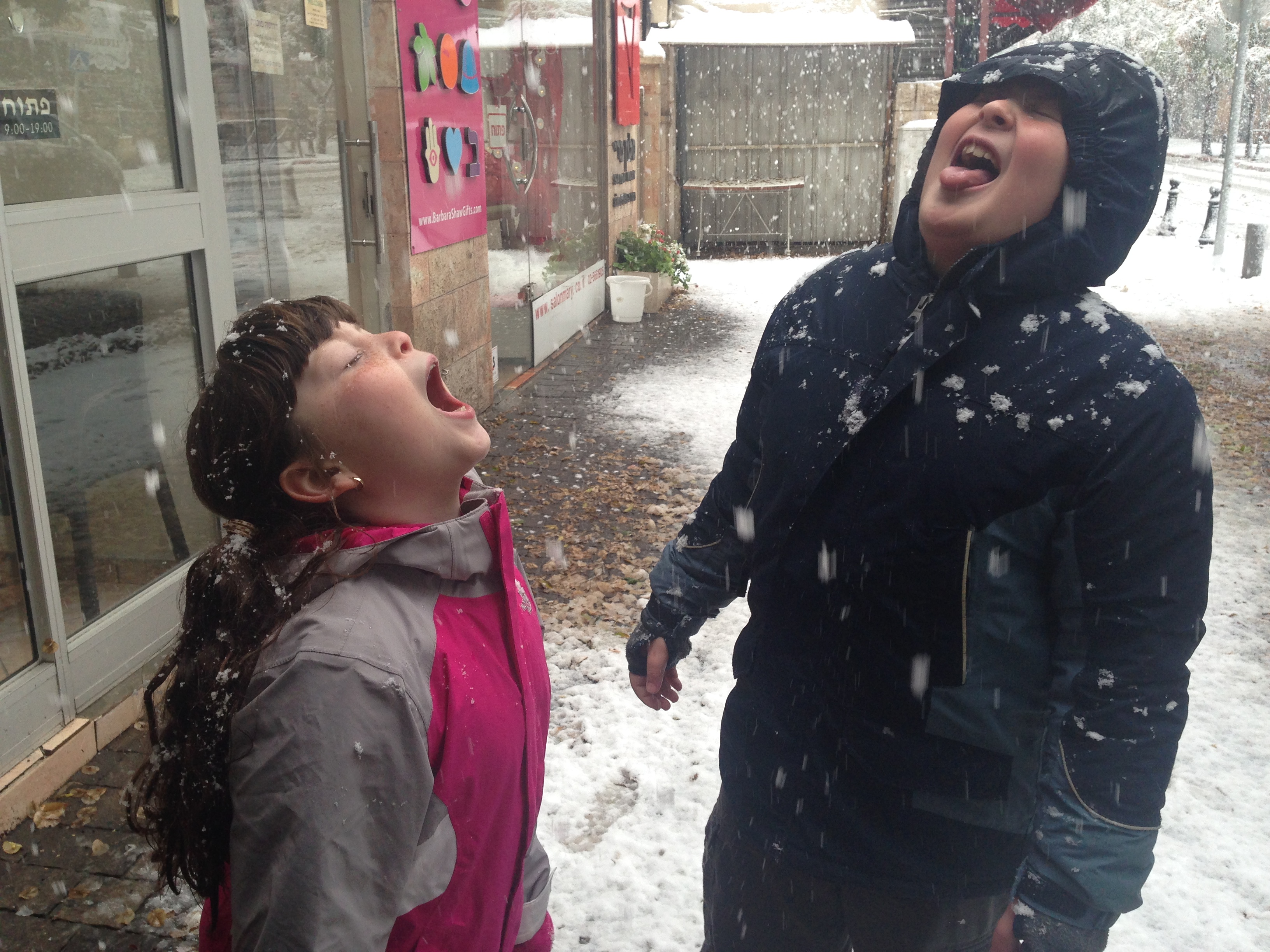
When we woke up, all was quiet. Outside the sliding glass doors of the mirpeset, or porch, snow was falling. It didn’t let up in the afternoon, or at night, and fluffy white flakes were still falling fast when we woke up our second morning.
We tried touring Jerusalem on foot, but the piles of unplowed snow made it impossible; we tried getting cabs, but none were running; we tried to get to the hospital to see my brother and his wife and new baby, but the road to the hospital had closed. In our apartment, we played solitaire and read and slept, waiting for Jerusalem to open up. When we lost power, the apartment got very cold. And the snow kept falling.
Newspaper headlines called it “the snowstorm of the century.” We spent four days indoors. My kids complained that Israel was the most boring, most freezing place they had ever been. It was not exactly what I had planned.
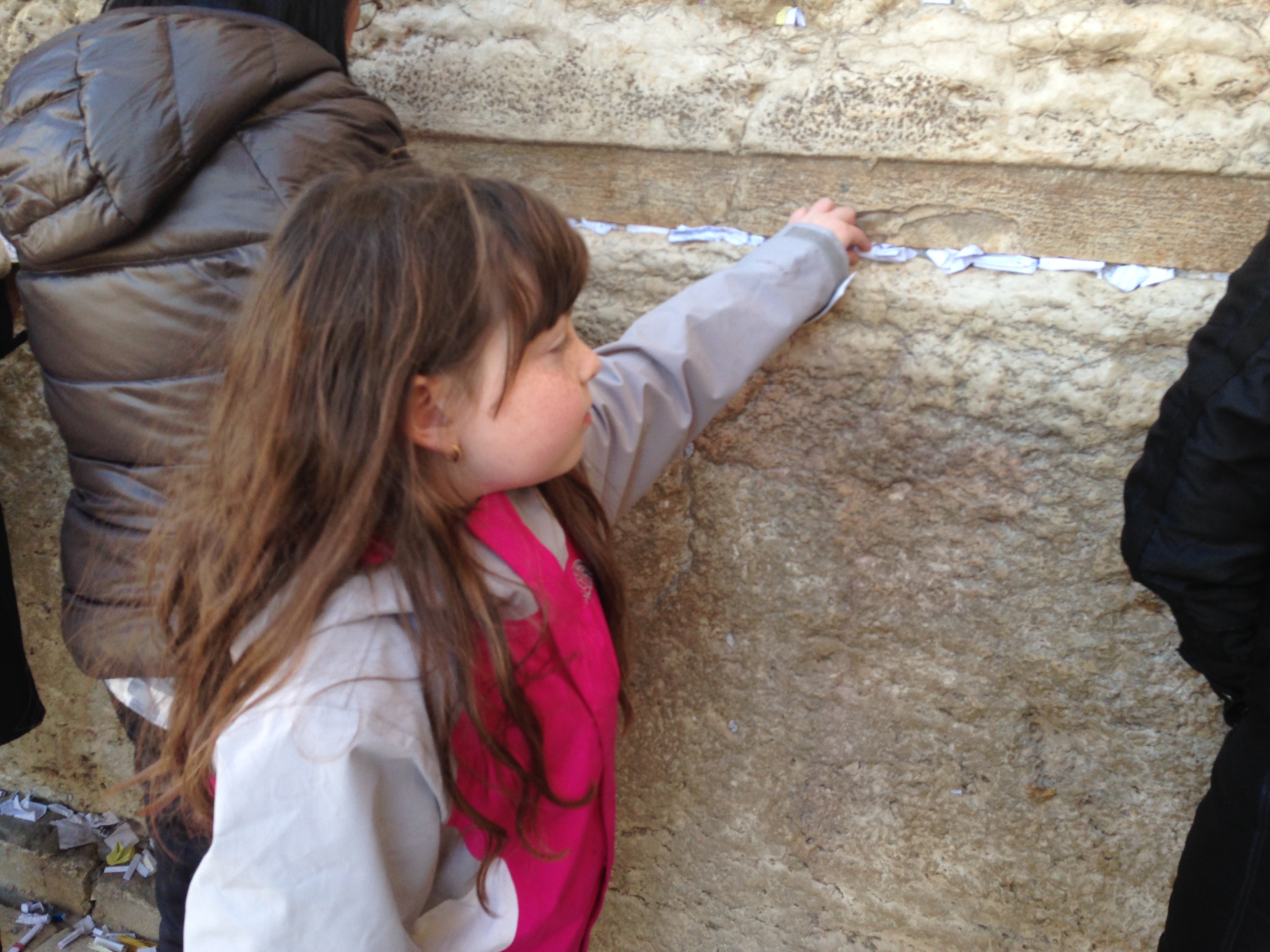
But finally the sun came out again and so did we, with five days left until our flight out. I promised the kids we would see as much of the city as we could, and with Jared as our guide, we embarked on a history and geography lesson beyond the realm of any textbook.
But finally the sun came out again and so did we, with five days left until our flight out. I promised the kids we would see as much of the city as we could, and with Jared as our guide, we embarked on a history and geography lesson beyond the realm of any textbook.
By the time we drove into the warm, dry desert – a thousand shades of beige - the snowstorm seemed like a surreal bad dream. This, Ethan and Estee both said when Jared stopped the car, is the Israel we thought we would see. And that’s when both children started connecting the seemingly obscure facts they’d learned in Hebrew School with the real people and land all around them.
The little things made the biggest impact: for example, when the children heard a Hebrew-speaking deejay on the radio mention the time, and they understood. Or when our tour guide explained that the story of Masada was really a story about Jerusalem, and how far the Israelites could walk in one day – and they understood, because we had just traveled the same route. Best of all was the bris we attended for the kids’ baby cousin, which brought together Anglos and Israelis in a ceremony that melded traditional, expected practices with elements of local culture, like joyful ululations.

Alison Buckholtz
Copyright © Kyung Jung
But the image that remains with me is the sight of Ethan and Estee perched on the edge of the desert, one hand on their head like an antenna, one finger on their belly button, right heel resting against left ankle. “You are the Land of Israel,” Jared had said. It was a clever teaching tool. But to me, it was also the truth.
Alison Buckholtz is the author of Standing By: The Making of an American Military Family in a Time of War (Tarcher/Penguin, 2013). She lives in the Washington, DC area.


